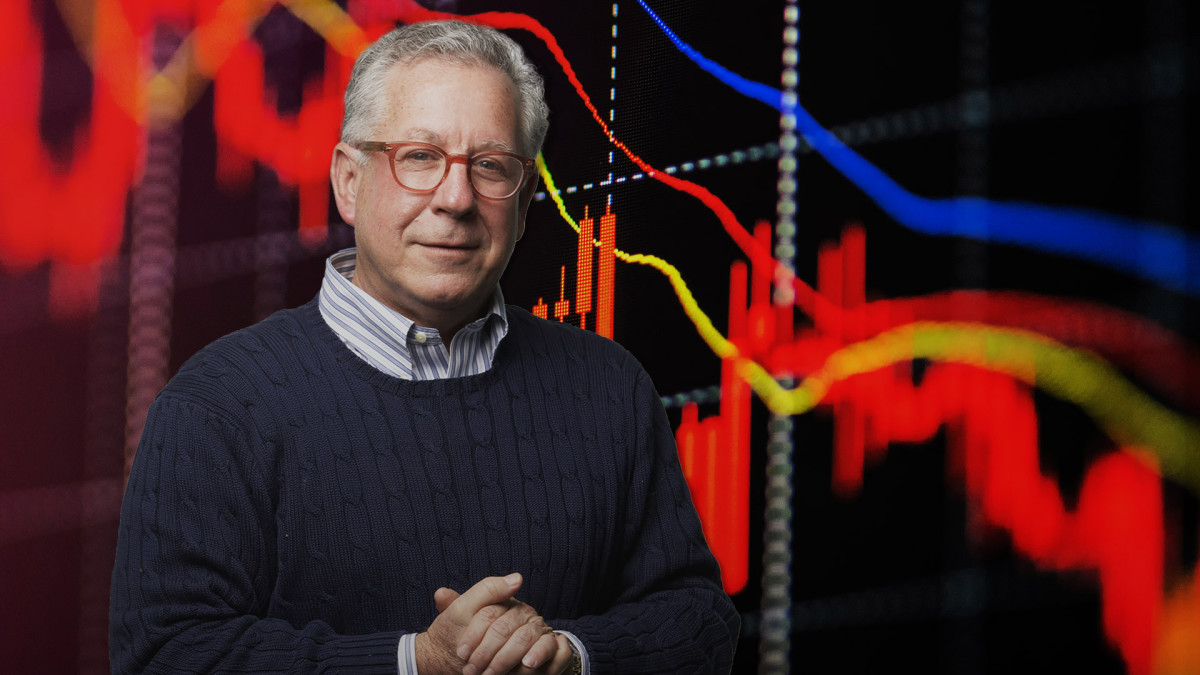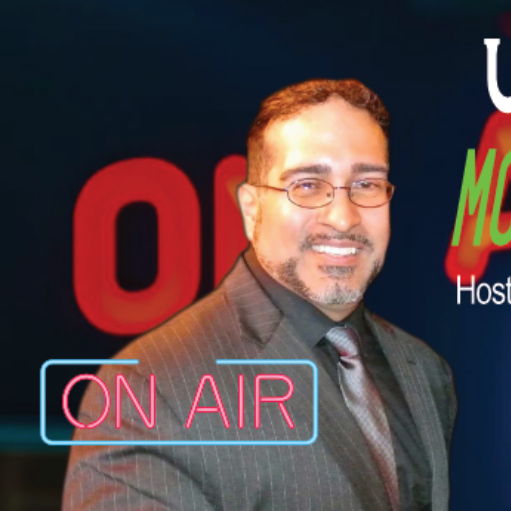Stocks are under fire this year as worry mounts over an economy running on fumes because of sticky inflation and job losses. The ability to sidestep a recession was dealt another blow when widespread tariffs announced on April 2 caused a sharp drop in the S&P 500, taking the benchmark to fresh six-month lows.
The stock market’s struggles this year have likely surprised many, but Wall Street veteran Doug Kass wasn’t caught off guard.
Kass, a hedge fund manager with 50 years of experience, including as research director for Leon Cooperman’s Omega Advisors, has been beating the bearish drum since December.
Related: Jim Cramer offers blunt one-word reaction to 20% tariffs
To say Kass has played the market well may be an understatement.
Not only did he predict the S&P 500’s weakness, but thanks to active trading, he profited from the rally off the lows in March and then correctly locked in his gains, yet again, correctly anticipating stocks would roll over.
Given Kass’s knack for anticipating the stock market’s next move this year, it makes sense to consider what he’s doing with his money now.
 Hedge fund manager Doug Kass predicted the S&P 500 selloff. Now he’s buying bargains for a trade.
Hedge fund manager Doug Kass predicted the S&P 500 selloff. Now he’s buying bargains for a trade.
Pile of economic problems gets bigger as tariffs hit
Fed Chairman Jerome Powell unsuccessfully argued that inflation was transitory in 2021 before being forced to backtrack when inflation surged above 8% in 2022. The Federal Reserve ended up embracing its most hawkish monetary policy since Fed Chair Paul Volcker battled inflation in the early 1980s.
Related: Billionaire Michael Bloomberg sends hard-nosed message on economy
The strategy worked, given that inflation has fallen below 3%. But it came at a cost. Rising interest rates kept a lid on economic growth, which translated into unemployment rising to 4.1% from 3.5% in 2023.
As a result, the Fed switched gears last fall, cutting rates in September, November, and December to shore up employment.
Unfortunately, the cuts have yet to pay off, given that 172,000 people lost their jobs in February, the most for the month since the Great Recession, according to Challenger, Gray, & Christmas.
And they may have put a floor under inflation, given that the Consumer Price Index showed inflation at 2.8% in February, up from 2.4% last September.
The one-two combo of sticky inflation and a weakening jobs market has raised the prospect for stagflation, and economic data so far this year has done little to curb concerns.
While it’s likely to change as more data is reported, AtlantaFed’s GDPNow forecasting tool currently shows negative 3.7% economic growth in Q1. Regardless of revisions, it’s a solid bet that the final Q1 GDP figure will match the 3.1% growth reported during the second and third quarters of 2024.
The outlook for the second quarter isn’t much better, given waning consumer confidence. The Conference Board’s Consumer Expectations Index is 65, far south of the 80 level that has signaled recessions in the past.
Confidence isn’t likely to head higher following newly announced tariffs on imports. President Trump had already announced 25% tariffs on Canada and Mexico and 20% on China.
Related: Analyst who predicted 2024 stock market rally offers blunt post ‘Liberation Day’ forecast
On April 2, he upped the ante, announcing global tariffs ranging from 10% to upwards of 40%. An additional reciprocal tariff on China lifts tariffs there to 54%.
The White House message was that tariffs were calculated based on tariffs charged on U.S. exports. However, the actual calculation was fuzzier than that.
“As the tariff presentation shown yesterday was not a serious attempt at accuracy as rather than show the actual tariffs placed on US imports, it instead reflected the trade deficit we have with that particular country divided by their exports,’ wrote analyst Peter Boockvar in a note to clients.
Surging costs on imports aren’t a recipe for stocks, given companies will be forced to either pass along higher costs to cash-strapped consumers or risk them biting into their bottom lines.
Doug Kass shifts gears, goes bargain-hunting stocks
Despite the myriad of challenges facing the market, Kass sees opportunities where others see risk.
A self-described contrarian with a calculator, Kass is happiest when selling greed and buying fear. With the S&P 500 taking a big hit on April 3, there’s certainly a fair amount of fear to buy.
More experts:
- Treasury Secretary has blunt 3-word response to stock market drop
- Fed chairman has blunt 9-word response to recession talk
- Billionaire Ray Dalio’s blunt message on economy turns heads
“The S&P Short Range Oscillator remained modestly oversold (-1.35%). But the figure is an illusion as it was determined at 4 p.m. on Thursday,” wrote Kass in a post on TheStreet Pro. “Tonight’s reading, accounting for the after-hours drop, will likely be much more oversold.”
It remains to be seen how oversold it will be, but Kass’s experience tells him it will be oversold enough to make him spend some of his cash.
“I am buying back technology (that I sold yesterday afternoon) (MSFT) , (GOOGL) , (AMZN) ) and financials ( (C) , (BAC) , (WFC) ) in premarket weakness,” wrote Kass. “Added to indices on premarket weakness.”
Kass will likely shift gears again, given his overall thesis this year is for stocks to have made their highs for the year in January. But for now, he sees a chance for active investors to tilt against the masses. However, he isn’t going in willy-nilly. At times like this, investors want to take time establishing positions because bottom-picking is as much art as it is anything else.
“I average into situations like this… as I averaged into shorts in early January 2025,” said Kass on X.
Related: Veteran fund manager unveils eye-popping S&P 500 forecast
